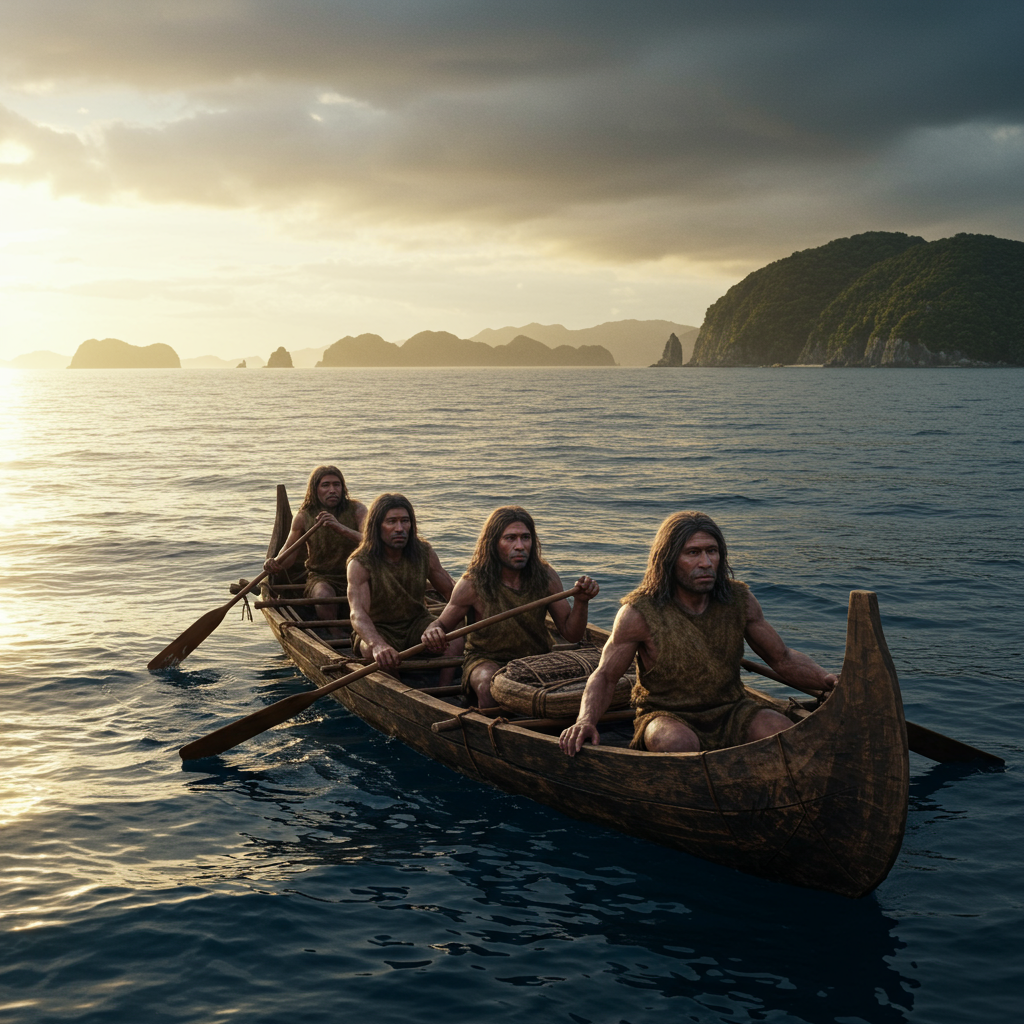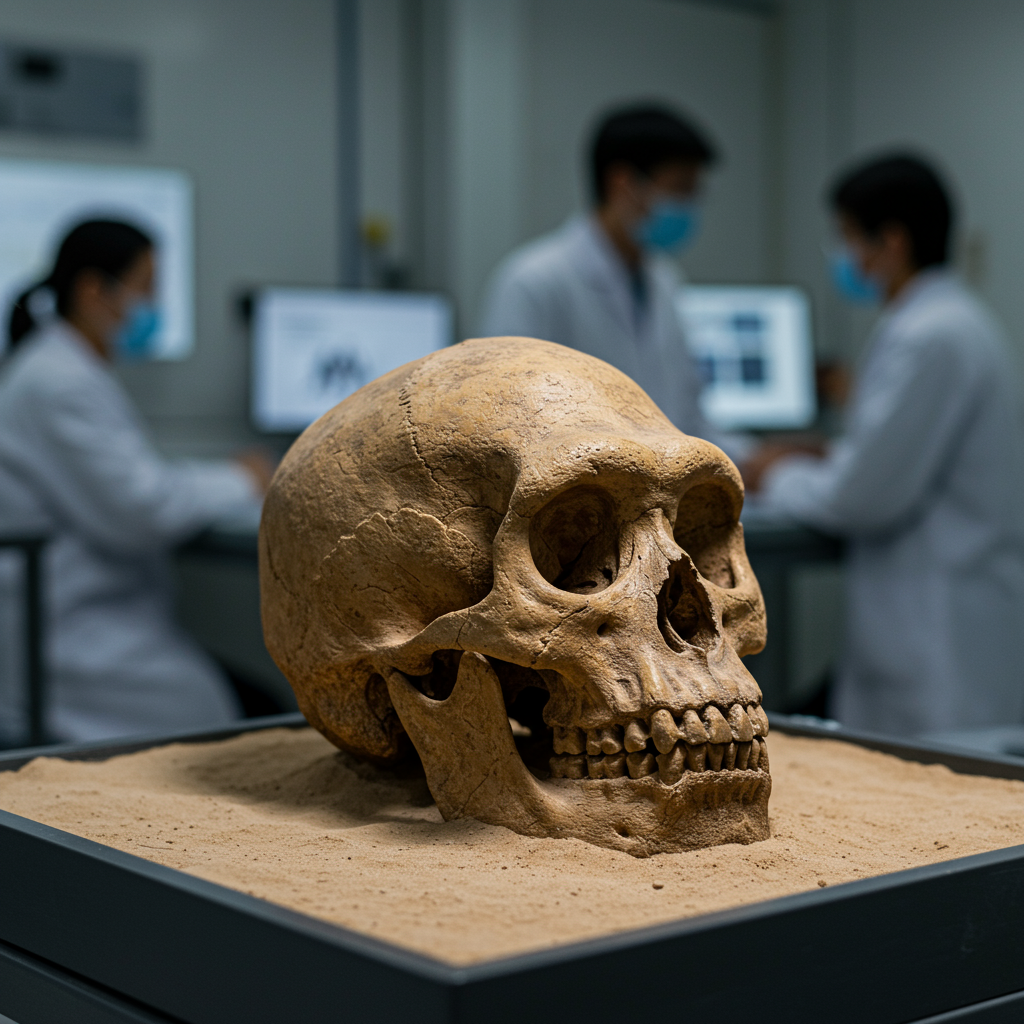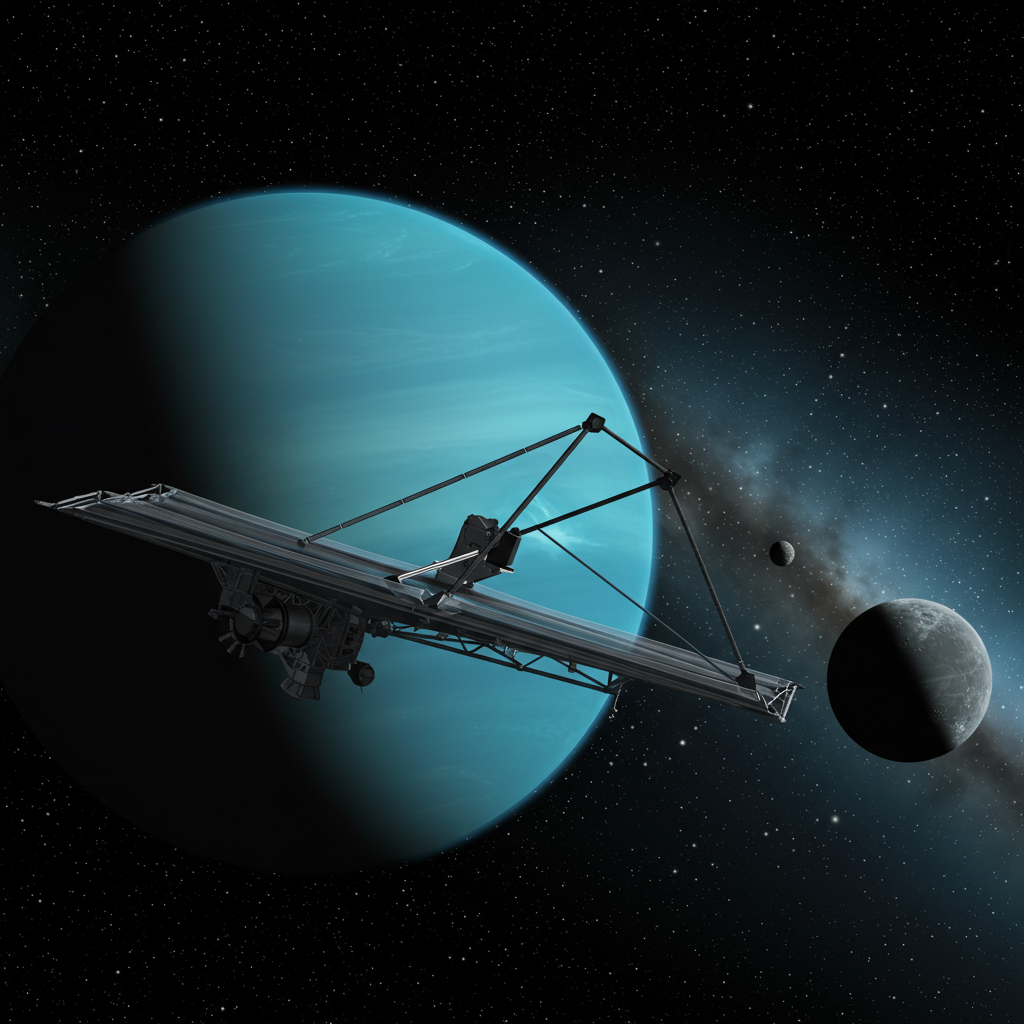Unlocking the Mystery of Paleolithic Sea Travel
While archaeologists have pieced together much of the story regarding when and where early modern humans migrated and settled across East Asia, a significant puzzle remains: how did they navigate the treacherous stretches of sea between islands? Around 30,000 years ago, evidence suggests humans made a substantial sea crossing from what is now Taiwan to islands in southern Japan, including Okinawa – all without maps, metal tools, or modern boats.
To shed light on this incredible feat, researchers from Japan and Taiwan, led by Professor Yousuke Kaifu from the University of Tokyo, embarked on an ambitious project. Drawing inspiration from historic voyages like Thor Heyerdahl’s Kon-Tiki expedition, their goal was to simulate and physically recreate the methods ancient peoples might have used, pushing the boundaries of what we thought was possible for Stone Age mariners.
Recreating the Past: Simulation and Experiment
The team’s investigation involved a two-pronged approach detailed in two recent papers published in Science Advances.
- Navigating the Currents Through Simulation: One paper focused on advanced numerical simulations. These models tested whether a period-accurate boat, combined with the right navigational knowledge, could successfully traverse the Kuroshio, one of the world’s strongest ocean currents, known for being notoriously difficult to navigate. The simulations explored various factors like starting points, seasons, and paddling strategies under ancient and modern ocean conditions.
- Putting Theory to the Test: The Canoe Voyage: The second paper documented the construction and testing of a real boat. Researchers built a 7.5-meter dugout canoe named “Sugime” from a single Japanese cedar trunk, using only replicas of 30,000-year-old stone tools – a testament to the technological skill of Paleolithic artisans.
Reflecting on the project’s origins, Professor Kaifu stated, “We initiated this project with simple questions: ‘How did Paleolithic people arrive at such remote islands as Okinawa?’ ‘How difficult was their journey?’ ‘And what tools and strategies did they use?'” He added that traditional archaeological finds are often lost to the sea, making experimental archaeology crucial.
The Voyage and the Findings
In 2019, the team launched their handmade Sugime from eastern Taiwan, aiming for Yonaguni Island in the Ryukyu group (which includes Okinawa). Paddling over 225 kilometers across the open ocean, they relied solely on natural navigation methods – the sun, stars, and ocean swells – just as ancient mariners would have. The journey took over 45 hours, much of it out of sight of land.
The experiment and subsequent analysis yielded significant insights. Initially, the team had hypothesized that rafts might have been used, but prior experiments demonstrated these were too slow and fragile to cross the Kuroshio. The dugout canoe, however, proved fast and durable enough.
Crucially, the simulations revealed that strategy was paramount. Launching from northern Taiwan offered a better chance of success than points further south, and paddling slightly southeastward, rather than directly towards the destination, was essential to counteract the powerful current. These findings suggest that early modern humans possessed a sophisticated level of seafaring knowledge and strategic planning.
Unlocking Paleolithic Ingenuity
These experiments, combined with the simulations, paint a picture of surprisingly capable Paleolithic ancestors. The successful crossing underscores that the journey required more than just a boat; it demanded highly experienced paddlers with effective strategies, navigational skills, and an unyielding will to explore the unknown. As Professor Kaifu noted, “We now know that these canoes are fast and durable enough to make the crossing, but that’s only half the story. Those male and female pioneers must have all been experienced paddlers with effective strategies and a strong will to explore the unknown.” A return journey, without foreknowledge of currents and maps, would have been incredibly difficult, perhaps impossible.
This project joins a growing body of research highlighting the advanced capabilities of early Homo sapiens. For instance, the discovery of a 40,000-year-old mammoth tusk boomerang in Poland speaks to complex toolmaking skills and potentially symbolic expression far beyond basic survival needs. Similarly, modern scientific techniques are revealing hidden details about ancient human practices previously obscured by time, such as using laser fluorescence to uncover intricate tattoos on 1,200-year-old mummies from Peru, showcasing unexpected levels of artistic and cultural complexity. Recreating ancient processes, like the recent work to replicate 5,000-year-old Egyptian blue pigment, further demonstrates how experimental methods can unveil lost knowledge about ancient technology and craftsmanship.
By blending experimental archaeology with cutting-edge simulations, the Taiwan-Japan study reveals that the Paleolithic migration across the Kuroshio was a daunting but achievable challenge for people equipped with the right tools, skills, and determination. It positions these early island colonizers not merely as survivors, but as innovative strategists and bold explorers who navigated complex environments using sophisticated knowledge and ingenuity. “One important message from the whole project was that our Paleolithic ancestors were real challengers. Like us today, they had to undertake strategic challenges to advance,” concludes Kaifu. Their voyage across the open sea stands as a powerful testament to the remarkable capabilities of the human spirit thousands of years ago.




